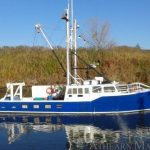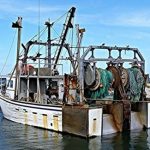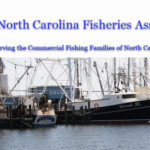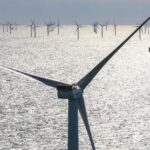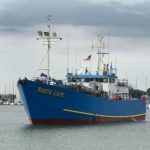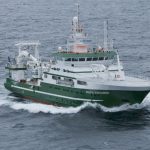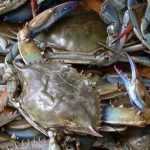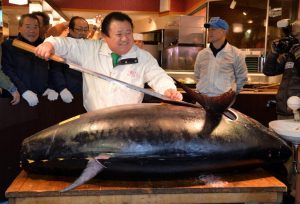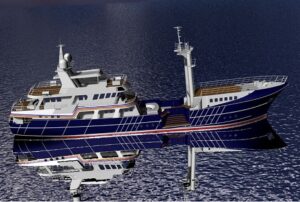Tag Archives: McDowell Group
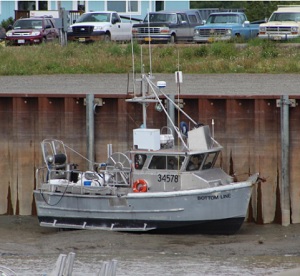
Bristol Bay sockeye a high point in the state’s unpredictable salmon season
More than 58 million sockeye salmon returned to Bristol Bay this summer. It’s another in a series of enormous runs to the fishery. The commercial harvest was just as impressive,,, many other areas of the state were far below their forecast. Across all species, the value of the state’s commercial salmon season dropped more than 50% from last year — 56% below last year. 2020 was valued at $295.2 million, while last year was valued at $673.4 million. Harvests were also down by 44%. >click to read< 12:42
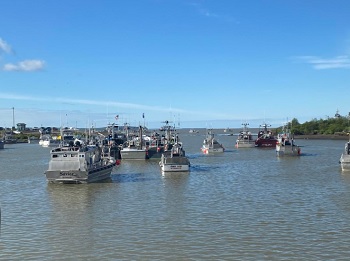
For Alaska’s seafood processors, the Coronavirus pandemic has cost tens of millions
Heading into the 2020 fishing season, many people were concerned that seafood workers from out of state would bring COVID-19 to rural communities. Processing companies managed to keep the disease under control. but at a big cost. Now, economists are looking at that financial toll. To keep track of how the pandemic is shaping the seafood industry, economists at the McDowell Group have started to publish monthly briefs for the Alaska Seafood Marketing Institute. “It’s interesting to describe a crisis when you’re in the crisis, right? And that’s our situation,” said Garrett Everidge, an economist at the McDowell Group. >click to read< 15:15
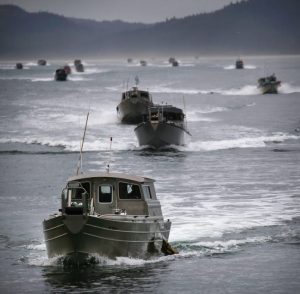
Harvest numbers are mixed as season gets underway. Meanwhile, PWS wild salmon harvest tops 1.5M fish
Prince William Sound landings of wild Alaska salmon have been strong, as the fishery gets under way. Meanwhile sockeye production in Kodiak, Cook Inlet and Chignik is off to a slow start, fisheries economist Garrett Evridge says in his first harvest report of the season. “Year-to-date statewide harvest of sockeye is more than three times the prior year,” said Evridge, an economist with the McDowell Group, >click to read<14:08
PWS wild salmon harvest tops 1.5M fish – As more areas of Prince William Sound opened for commercial fishing, preliminary data compiled by the Alaska Department of Fish and Game put the catch at 1.5 million salmon through June 18, including some 813,942 fish caught in the Copper River. >click to read<
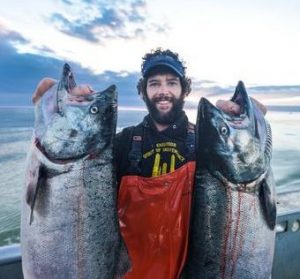
One king salmon worth more than a barrel of oil to AK fishermen; Updates for 2018/19
Salmon stakeholders are still crunching the numbers from the 2018 season, which up front has two distinctions: it ranks as one of the most valuable on record to fishermen at nearly $596 million, and at just over 114 million salmon, it’s one of the smallest harvests in 34 years. A breakdown by the McDowell Group shows the sockeye harvest was the second most valuable in 26 years; the chum catch was the third most valuable since 1975. Audio report, >click to read<17:06
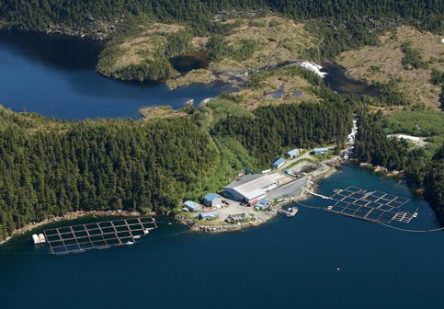
Report details economic value of Alaska’s salmon hatcheries
A new report shows that Alaska’s salmon hatcheries created one fourth of the economic value of the state’ total salmon harvest between 2012 and 2016 along with about 4,700 jobs statewide. McDowell Group, the Juneau-based economics consulting firm, based the report on eight of the state’s largest hatcheries, documenting $600 million in economic value. The estimate of jobs was done on an annualized basis, or how seasonal jobs are calculated as if they were year-round. The report, sponsored by the eight private nonprofit hatcheries included in the study, was released as the state Board of Fisheries considers proposals submitted by sportfish interests to curtail hatchery production, citing concerns on the impact of hatchery fish on wild salmon stocks. >click to read<15:55
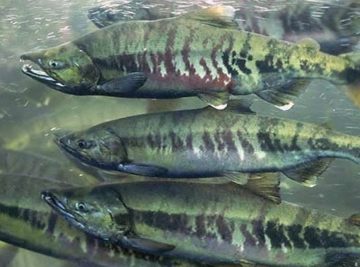
Prince William Sound commercial catch tops 3.5M fish
Commercial harvests in Prince William Sound have reached 3.5 million salmon, even as the surge in the catch in late June slowed somewhat in early July. Through June 10 fishermen delivered to processors an estimated 2,450,601 chums, 1,022,779 sockeyes, 18,461 pinks, 7,829 Chinooks and 459 silvers. Drift gillnetters in the Coghill district alone have brought in over 1.8 million fish, including an estimated 1.7 million chums, 155,704 reds, 1,959 humpies, 386 kings and 94 silvers. Purse seiners in the Montague district had,,, Statewide harvest updates provided by the McDowell Group in Juneau for the Alaska Seafood Marketing Institute show that through June 10 nearly 28 million salmon have been delivered to processors. >click to read<12:55
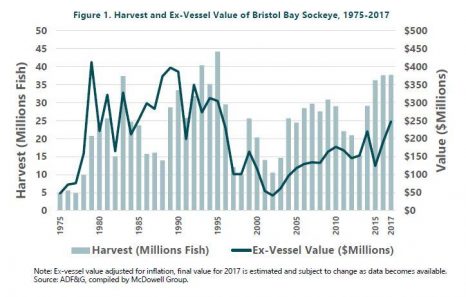
Positive trends highlighted in fall sockeye market analysis
Bristol Bay’s commercial fishing industry had a smashing good season in 2017. The massive forecast for next year has stirred a lot of excitement, and drift permit prices are up around $140,000. Now an annual analysis of the sockeye market suggests wholesale and retail prices are up, worldwide supply is down, and farmed salmon producers are still struggling to rebound. Only the prospect of Pebble Mine filing for permits has seemed to dampen the mood of Bristol Bay fishermen this fall. Andy Wink, a senior seafood industry analyst at the McDowell Group, authored the “2017 Sockeye Market Analysis” for the Bristol Bay Regional Seafood Development Association. click here to read the story 08:18
Alaska salmon season a success in global market
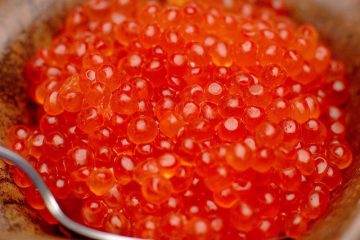 It was a generally good salmon season for Alaska, except for one species. “It was a disastrous year for chinook harvest.” That’s Andy Wink, a seafood economist with the consulting firm McDowell Group. Wink says while king salmon may be the most famous salmon species among Alaskans, it also makes up the lowest total value of all the different commercial salmon species. “Sockeye, pink salmon, chum salmon, those are the species that for the commercial fleet really move the needle in terms of total value.” click here to read the story 19:25
It was a generally good salmon season for Alaska, except for one species. “It was a disastrous year for chinook harvest.” That’s Andy Wink, a seafood economist with the consulting firm McDowell Group. Wink says while king salmon may be the most famous salmon species among Alaskans, it also makes up the lowest total value of all the different commercial salmon species. “Sockeye, pink salmon, chum salmon, those are the species that for the commercial fleet really move the needle in terms of total value.” click here to read the story 19:25
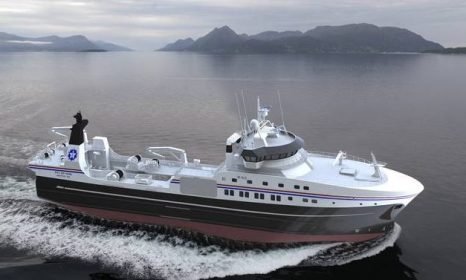
Our opportunity: Modernization of the North Pacific Fishing Fleet
The fishing fleet in the North Pacific and Bering Sea, much of which is homeported here, needs to be replaced. Leaders are pushing for Washington to get its share of that business. Seattle’s homeowners aren’t the only ones getting grayer. The fleet that is the backbone of Washington’s fishing industry is getting older, too. Vessels average 40 years old, although their ages vary widely. Of the 5,000 ships at work off Alaska, 414 of these federally permitted vessels are more than 58 feet in length. A total of 175 were built in the 1970s. Replacing them will be a mammoth undertaking, but the state could see big benefits if it captures some of the action. Mark Gleason of the Maritime Federation said, “Our members see this as a huge opportunity, for ports, shipowners, seafood companies, labor, shipyards, naval architecture firms… It’s one of the biggest opportunities to come to this region in maritime in decades.” Read the story here Read the 63 page McDowell Report Click here 17:59
McDowell Group Report outlines economics of Kodiak Island’s seafood industry. Jobs=38%
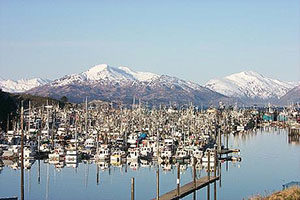 Kodiak is grappling with how new ways of managing groundfish might affect the island’s economy. Plans being crafted now affect catches of up to 25 different fish species – which together made up 83 percent of all Kodiak landings in 2014. To provide some guidance, a new economic impact report breaks down how the entire seafood industry plays out throughout the Kodiak Island borough, which includes six outlying villages for a total population of 14,000 residents. The draft report done by the McDowell Group gives a 10 year snapshot starting in 2005, covering all the local actions it takes to be a seafood powerhouse year after year. Nearly 500 million pounds of seafood worth $150 million to fishermen was delivered to Kodiak Island in 2014. Read the rest here 18:08
Kodiak is grappling with how new ways of managing groundfish might affect the island’s economy. Plans being crafted now affect catches of up to 25 different fish species – which together made up 83 percent of all Kodiak landings in 2014. To provide some guidance, a new economic impact report breaks down how the entire seafood industry plays out throughout the Kodiak Island borough, which includes six outlying villages for a total population of 14,000 residents. The draft report done by the McDowell Group gives a 10 year snapshot starting in 2005, covering all the local actions it takes to be a seafood powerhouse year after year. Nearly 500 million pounds of seafood worth $150 million to fishermen was delivered to Kodiak Island in 2014. Read the rest here 18:08

































